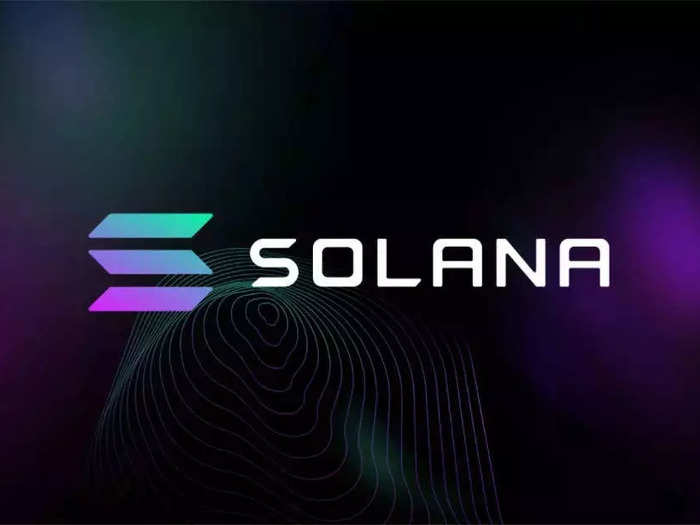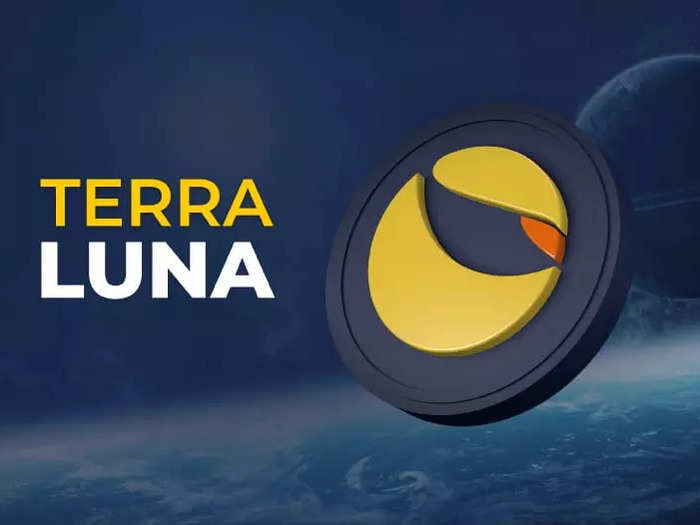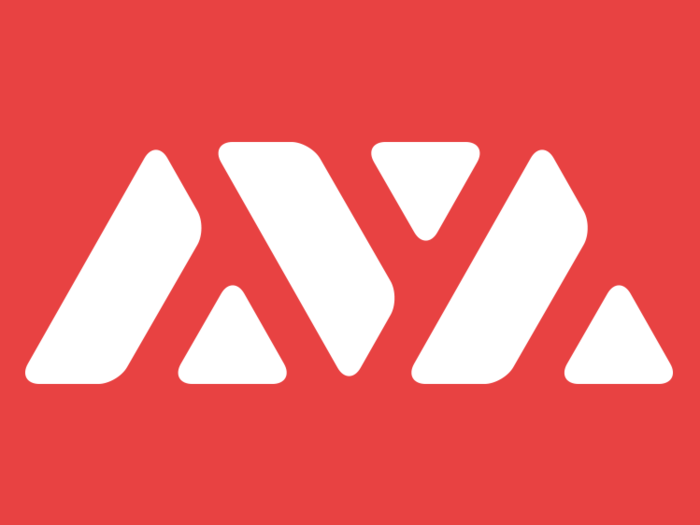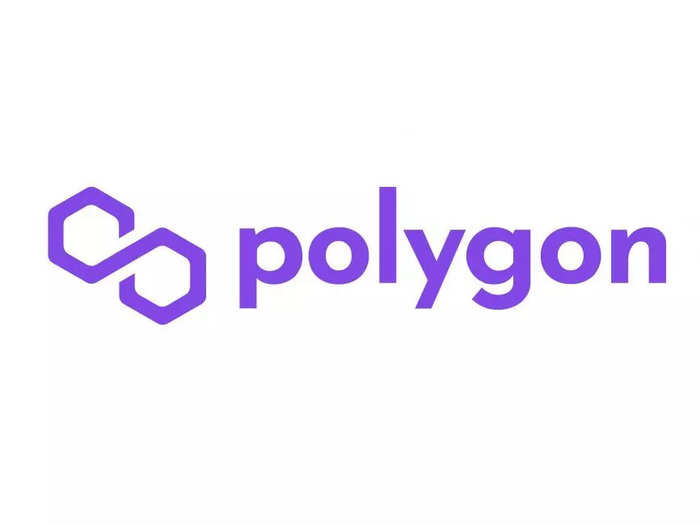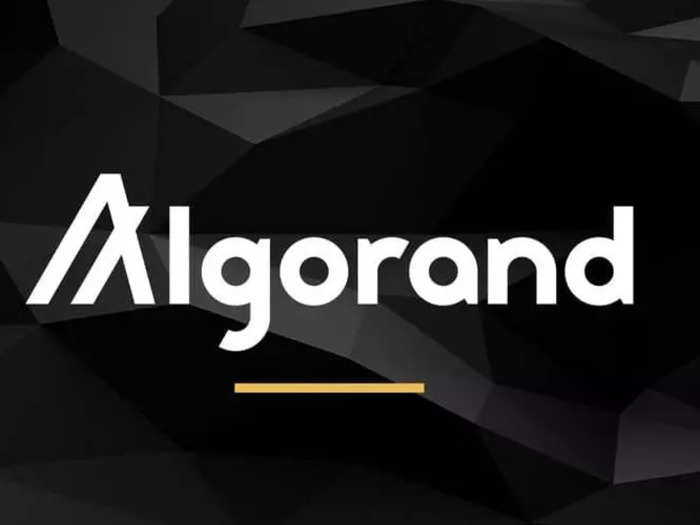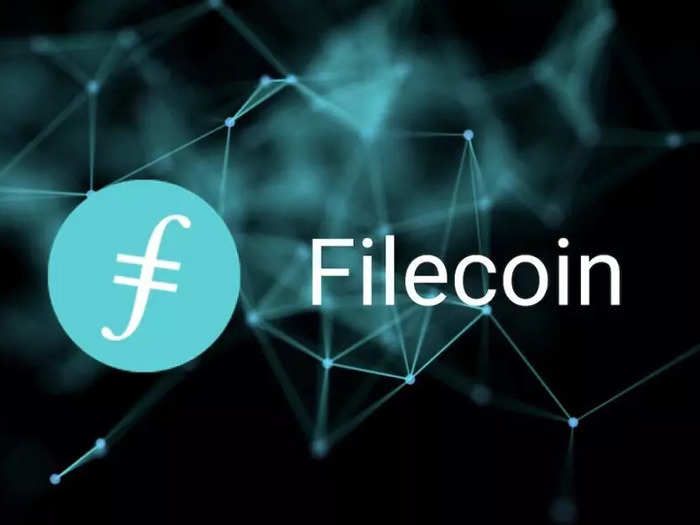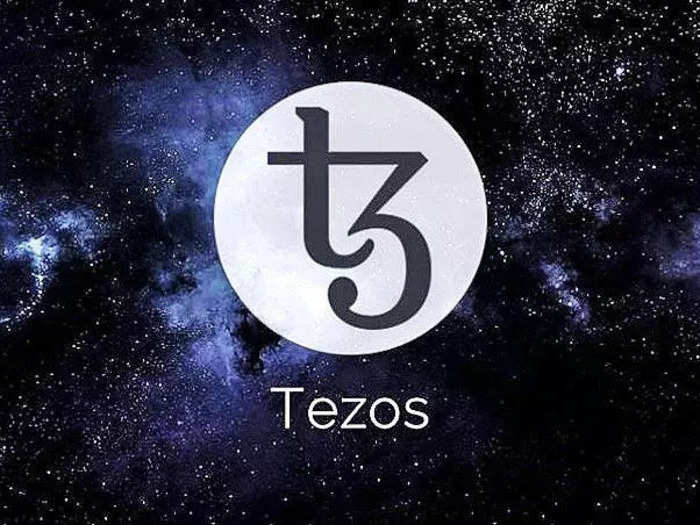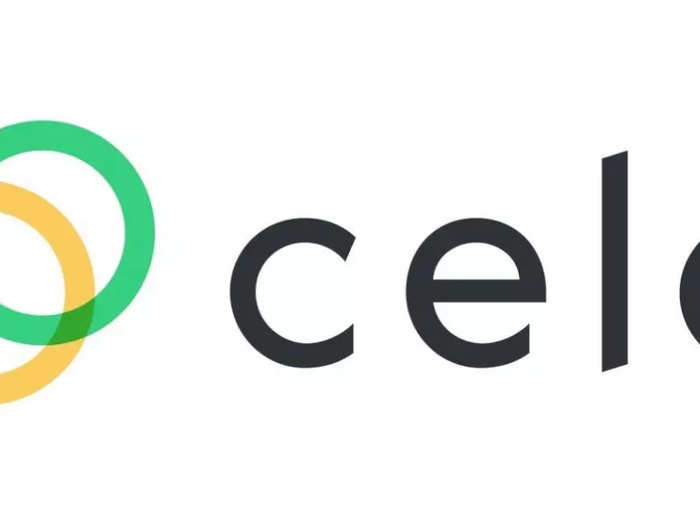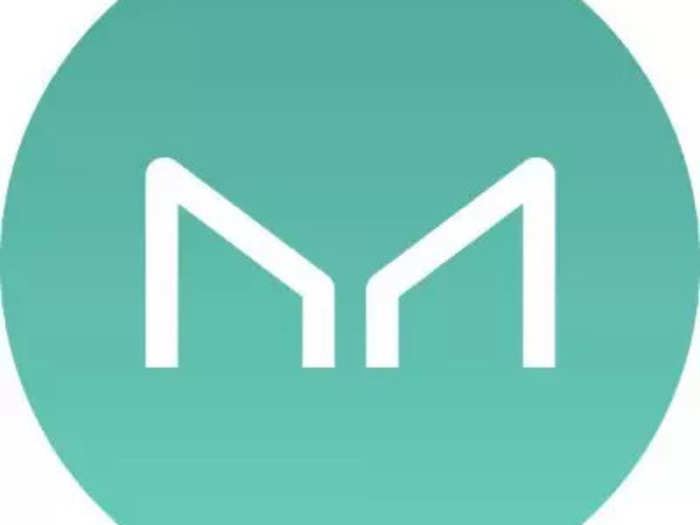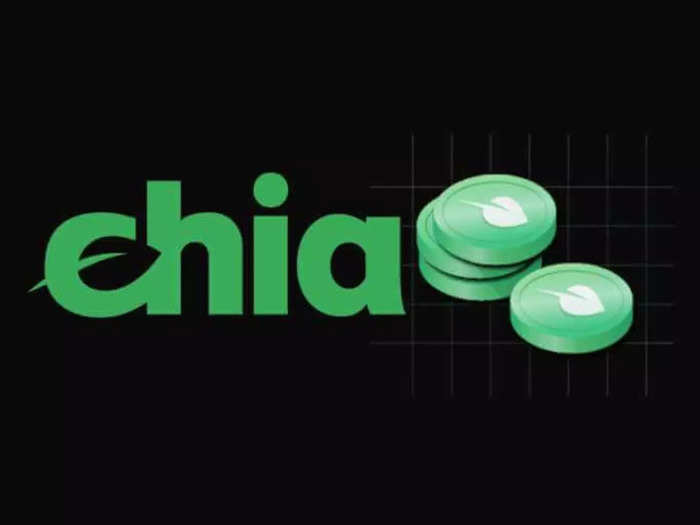Pixabay
- Mining and transacting cryptocurrency have been heavily criticised for having heavy costs in terms of electricity usage, and thus, the environment.
- Bitcoin and Ethereum are facing competition from newer coins that are developing more eco-friendly ways for cryptocurrencies to operate.
- Here’s a quick look at the ten cryptocurrencies that took strides towards being environmentally conscious.
The environmental impact of crypto activity will be one of the key factors to be tracked this year. Global corporations are now
fighting climate change, and industries are trying to
reduce environmental impact. Yet, studies showed
Bitcoin mining alone drew more power
than entire countries, possibly tripped national
power grids, and produced large quantities of
electronic waste.
Developers of the two largest cryptocurrencies, Bitcoin and Ethereum,
scrambled to solve what they could and
make upgrades, so that they would guzzle less energy. In fact, Ethereum is now on the road to
migrate to an eco-friendly method of securing itself, and
reduce power consumption. This helps Ethereum avoid losing ground to other major cryptocurrencies such as Solana, Cardano and Polkadot — often referred to as ‘Ethereum Killers’.
A major reason for cryptocurrency guzzling energy is the way their blockchain is secured. When secured with
proof-of-work, a lot of computing power is expended in maintaining the integrity of the decentralised blockchain. However, other currencies have come up with solutions, including
proof-of-stake (PoS) as an alternative way of securely processing cryptocurrency transactions and adding them to the blockchain.
As a result, new and existing eco-friendly cryptocurrencies received a boost in visibility and usage. They span the spectrum, with solutions ranging from PoS to more efficient mechanisms – all in a pursuit of achieving more while consuming less electricity.
Here are ten eco-friendly cryptocurrencies that gained attention for trying to reduce the industry’s carbon footprint:
Solana (SOL)
Solana
Market cap: $52.2 billion (*as of Jan 3)
Solana‘s blockchain claims fast transaction speed and the ability to integrate with tokens from other networks. These attributes are seen to be well-suited for high-throughput decentralized finance (DeFi) solutions. It uses far less processing power than Ethereum at present, by using its eco-friendly combination of proof-of-stake (PoS) and proof-of-history (PoH) to secure its blockchain.
According to an energy use report by the company, one transaction on its network consumes less energy than 2 Google searches - a far cry from the energy intensive Bitcoin.
Over 500 DApps are built upon Solana by independent developers, most being related to finance such as lending/borrowing. These applications that provide DeFi services, trade NFT tokens or even find a dating partner, need Solana tokens to transact – explaining its 100x rise in value in 2021.
Terra (LUNA)
Terra
Market cap: $33.1 billion (*as of Jan 3)
Terra, the promoter of the LUNA token, says this blockchain intends to create a better digital financial system. LUNA allows for smart contracts and DApps built on top of the Terra network, including DeFi protocols such as Anchor and Mirror.
Avoiding powerful mining networks, the currency issuance mechanism of Terra helps reduce energy consumption.
Terra mimics the day-to-day price stability of fiat currencies, to create ‘stablecoins’ – similar to how Tether uses the US dollar as a peg to create the USDT cryptocurrency. However, Terra goes beyond just the US dollar. It offers a basket of stablecoin currencies pegged to the dollar, the euro, the pound, the Japanese yen, the Korean won, and others.
When transaction volumes of these currencies increase, they sell the native LUNA to get price stability — liquidity to match the fiat currency in circulation — and buy back LUNA when transaction volumes decrease. That lets the price of LUNA change as per market demand, but keeps the price of stablecoins steady.
Avalanche (AVAX)
Coingape
Market cap: $26.3 billion (*as of Jan 3)
AVAX is the native token of the Avalanche blockchain, and is seen as a rival of Ethereum — often referred to as an ‘Ethereum Killer’ within the crypto community. Avalanche supports smart contracts for an ecosystem of DApps and DeFi.
Its design claims to achieve the holy grail of cryptocurrencies – being scalable with fast transactions, decentralised, and low transaction fees. Avalanche is significant for being one of the only major cryptocurrencies whose price rose even in the midst of December’s market dip.
At the climate summit in November 2021, AVAX took the step of becoming a “net-zero technology.” That is, the AVAX blockchain was already low on carbon emissions, but bought NORI tokens, for “blockchain-backed carbon removal” – thus making it carbon neutral.
Polygon (MATIC)
Canva
Market cap: $17.2 billion (*as of Jan 3)
Polygon’s MATIC essentially sits as a layer on top of Ethereum, to reduce transaction costs and congestion. It went on to enable decentralised applications (DApps) that communicate across blockchains and offer decentralised finance (DeFi) services.
Initially based on Ethereum smart contracts, MATIC tries to take us closer to a ‘cross chain’ platform, to benefit from the strengths of multiple blockchains and enable them to communicate with each other. It is popular with investors who hope to benefit from the growth of DeFi, such as crypto lending and borrowing.
“If Web 3.0 is to live up to its promise of actually making this world a better place, being green should be an imperative and not an afterthought. At Polygon, it is at the core of our mission,” said Sandeep Nailwal, co-founder of Polygon in a blog post about tackling the carbon footprint of crypto projects.
Algorand (ALGO)
Yahoo Finance
Market cap: $11.5 billion (*as of Jan 3)
It differs from major currencies in that Algorand has almost zero fees on user transactions. Moreover, it claims to solve the ‘blockchain trilemma’ – speed, scalability and security – that other currencies contend with.
The ALGO currency is supply limited to ten billion coins, and supports smart contracts. Its blockchain is secured using pure proof-of-stake (PPoS), to be more egalitarian in rewarding the ‘nodes’ who help keep it secure.
Being one of those rare crypto projects with its own investment arm, Algorand in November announced a fund of $500 million to invest in its DeFi ecosystem. Its December update is expected to raise its network transaction capacity to rival large payments processors like Visa and Mastercard.
The Algorand Network announced they are ‘carbon neutral’ in April 2021, achieved by purchasing carbon offsets.
Filecoin (FIL)
Filecoin
Market cap: $5.01 billion (*as of Jan 3)
Specialising in decentralised network storage using the Interplanetary File Storage (IPFS) protocol, Filecoin is meant to allow usage of empty storage space globally. In theory, it could be a distributed alternative to centralised cloud storage offered by the likes of Dropbox or Microsoft OneDrive.
Users with extra available storage space can offer it up, at no extra cost to the environment beyond that of keeping the user’s computer switched on.
Filecoin’s blockchain is supply-limited to 1.97 billion units. Users can pay in Filecoin currency for low-cost storage, and nodes that provide storage will receive payment in Filecoin. At last count, the network had 14.66 exabytes of storage capacity, and it cost $0.75 to buy a Terabyte – pretty good numbers considering the commercial competition.
So good apparently, that even scammers are finding ways to earn millions.
Tezos (XTZ)
Coingape
Market cap: $4.25 billion (*as of Jan3)
Pursuing good governance on an open-source network, Tezos was one of the first crypto projects to support the Securitize platform and thus be compliant with US Securities regulations. That perceived safety enabled innovative property sales, artist support for NFT sales and financial services using the XTZ currency.
The Tezos blockchain supports smart contracts and is secured with a proof-of-stake mechanism. Moreover, December 2021 saw the game studio’s Ubisoft Quartz launch NFT usage within its new game, although gamers protested the move.
According to a report by PricewaterhouseCoopers (PwC) during the same month, the Tezos blockchain network saw a reduction in carbon emissions amid increasing network activity. According to the advisory firm, the energy efficiency for each transaction in the Tezos network has increased by 70%, while the estimated electricity demand per transaction is 30% lower than in 2020.
Simply put, the annual energy consumption of the Tezos network is estimated to be equivalent to the footprint of just 17 people.
Celo (CELO)
Celo
Market cap: $1.89 billion (*as of Jan 3)
Observing that many more people own smartphones than use cryptocurrency, Celo focuses and optimises for smartphone users. On the Celo network, one can simply use the recipient’s phone number to make a payment. Moreover, the Celo Alliance for Prosperity claims that cryptocurrency is well suited for areas where people have smartphones but are underserved by the formal banking sector.
The Celo currency is supply limited to one billion tokens, with support for smart contracts and decentralised apps (DApps) for DeFi purposes. Its native blockchain is secured using proof-of-stake, thus helping to maintain it with relatively low power usage when compared to the likes of Bitcoin. Celo claims to process one block in five seconds which is fast compared to the ten minutes of Bitcoin.
The network claims a ‘carbon negative’ time period of 20 months so far, and described its initiatives for carbon sequestration, preserving the Amazon, analysing Earth’s ecology and offset its own carbon footprint.
Maker DAO (DAO)
Yahoo Finance
Market cap: $289 million (*as of Jan 3)
With a vision of making venture capital accessible to more people, DAO Maker claims to create funding frameworks while reducing investor risk. Investor Mark Cuban was looking forward to companies built on a decentralised autonomous organisations (DAO) approach. Cooper Turley who has built many DAOs says, “a DAO is an internet community with a shared bank account.”
The DAO governance token resides on the Ethereum blockchain, with a maximum supply of 312 million. Holders can stake their tokens in the vault for yields, with the option of participating in rounds of raising capital for projects.
Rune Christensen, a founder of MakerDAO held a successful preliminary poll about “unleashing the DeFi superpowers” to help with climate change. Over two-thirds of respondents said yes to it, but it is not binding upon the community, so specific steps are expected to be proposed for a vote in 2022.
Chia (XCH)
Yahoo Finance
Market cap: $270 million (*as of Jan 3)
The Chia Network saw a spectacular launch on crypto exchanges this year, raising hopes of being the next Bitcoin but settled at just 10% of that price within a month.
In an innovative approach that avoids the energy-intensive mining employed by Bitcoin, Chia decided to use the available storage space on hard disks instead. This mechanism of securing its blockchain was called proof-of-space-and-time (PoST), which was hailed as being eco-friendly compared to using CPUs and GPUs.
But then we saw a demonstration of why we can’t have nice things, when the Chia experiment scaled up beyond simply using existing available storage space. Chia ‘farmers’ wrote ‘plots’ to mine Chia coin on a large scale by buying up all the hard drives available in the market.
They hoped the drives would pay for themselves from future crypto profits. This tripled prices of the few HDDs and SSDs still available, leaving them out of reach of home users. This practice by Chia farmers even led to brands reducing warranties upon SSDs — typically known to have a longer life than that of HDDs.
In the end, while Chia was a good demonstration of concept, there weren’t many use cases for it, so speculation reduced and the price of Chia coin fell. However, we may yet turn back and look at Chia in a few years, just as we look back at the early days of Bitcoin mining today.

